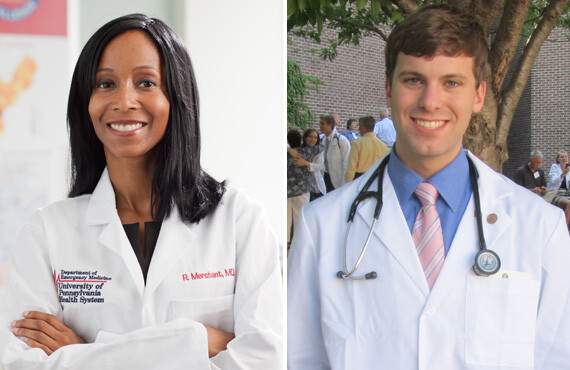Penn Study Reveals Promise of 'Human Computing Power'
“Human computing power” harnessed from ordinary citizens across the world has the potential to accelerate the pace of health care research of all kinds, a team from the Perelman School of Medicine at the University of Pennsylvania, writes in a new review published online in the Journal of General Internal Medicine. In fact, they suggest, crowdsourcing – a research method that allows investigators to engage thousands of people to provide either data or data analysis, usually via online communications – could even improve the quality of research while reducing the costs.
But the field is new, and the team’s findings suggest that standardized guidelines for health care crowdsourcing ventures are needed so that data can be collected, reported, and replicated most efficiently.
“While the concept of ‘citizen science’ has been in existence for more than a century and crowdsourcing has been used in science for at least a decade, it has been utilized primarily by non-medical fields and little is known about its potential in health research,” said the study’s senior author Raina Merchant, MD, an assistant professor of Emergency Medicine at Penn.
Merchant and colleagues successfully utilized crowdsourcing in a recent study to locate and catalog the locations of lifesaving automated external defibrillators (AEDs) throughout Philadelphia in the MyHeartMap Challenge. Their study led to the identification of more than 1,400 AEDs in public places, and they hope to replicate the study in other major cities across the U.S.
For the current review, in addition to a traditional database search, her team employed crowdsourcing again to perform a literature search for health and medical research articles using two free websites: Yahoo! Answers (answers.yahoo.com) and Quora (quora.com). Through this approach, they were able to collect and analyze 21 health-related studies that include crowdsourcing techniques. The studies collectively engaged a crowd of over 136,000 people, ranging in focus from tracking H1N1 influenza outbreaks in near real time to classifying different types of polyps in the colon.
“There is understandably some apprehension about letting the lay public in on medical research or even assisting with making medical diagnoses because the stakes are so high in medicine. However, studies we reviewed showed that the crowd can be very successful, such as solving novel complex protein structure problems or identifying malaria infected red blood cells with a similar accuracy as a medical professional,” said the study’s first author Benjamin Ranard, a third year medical student in the Perelman School of Medicine.
Click here to view the full release.








